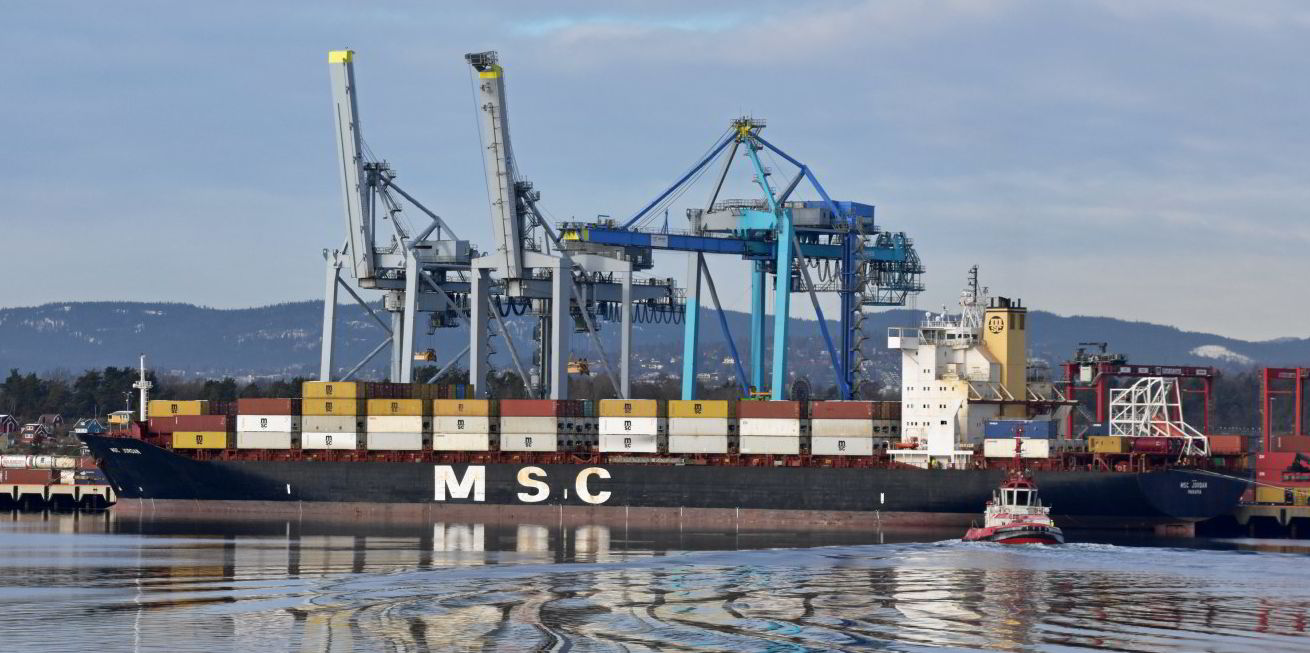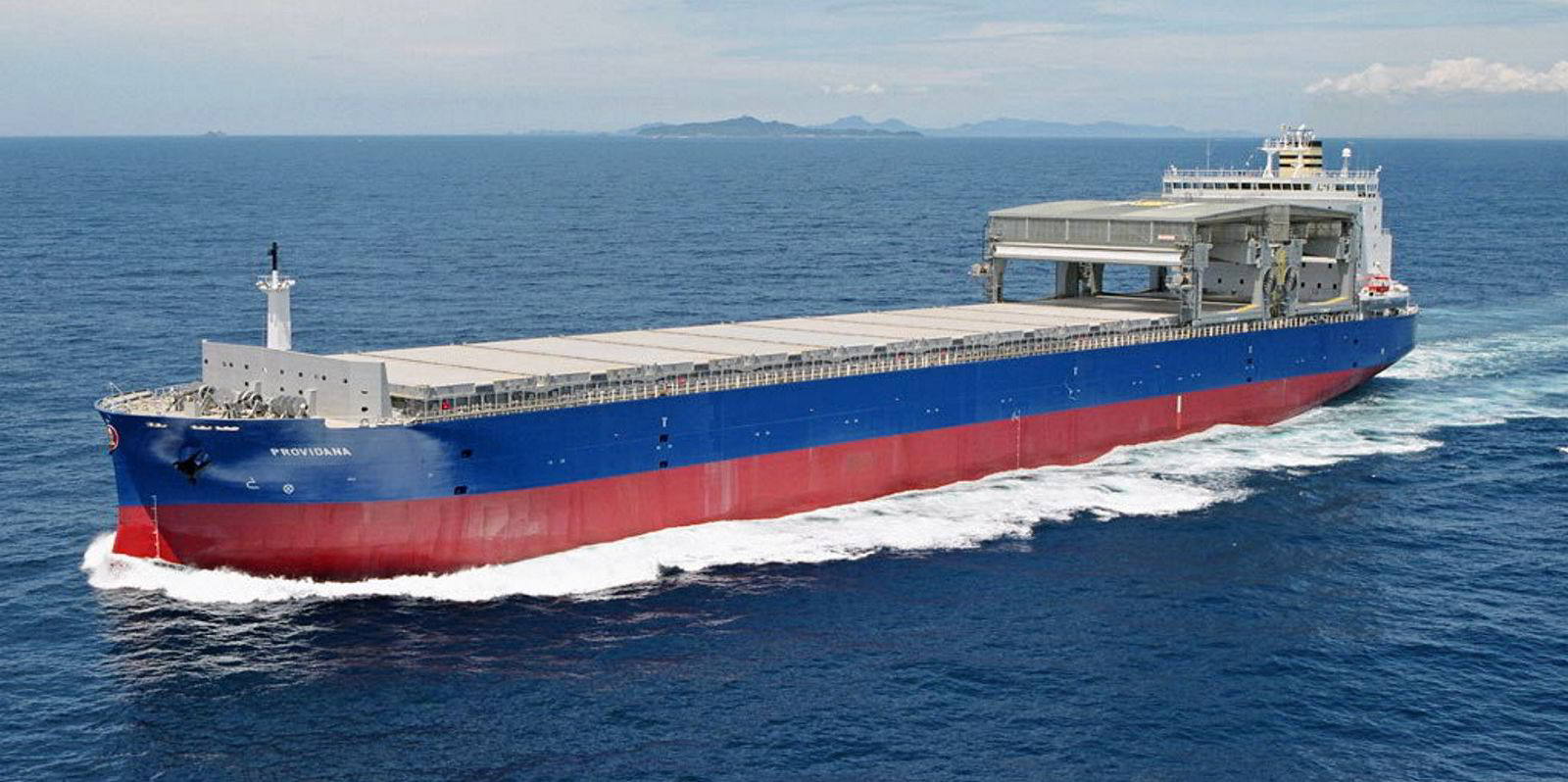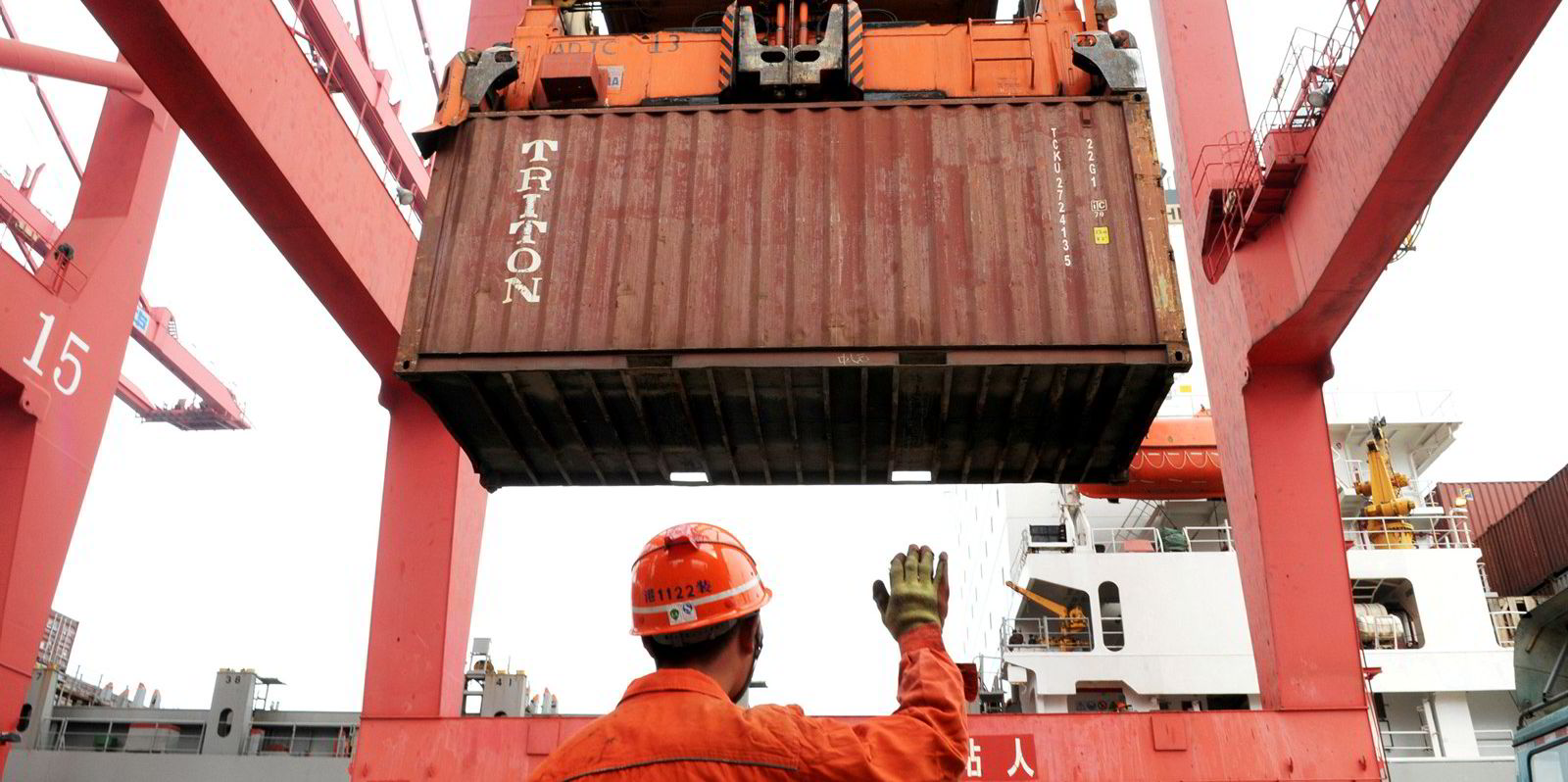Oslo is a city of big shipowners, not of big ships. It takes relatively little to set a tonnage record here, especially under current conditions.
Nevertheless, Oslo Container Terminal officials were looking forward to receiving their biggest visitor of recent times.
It was a veteran panamax with an intake on the small side, and it would not have drawn much notice at most ports.
The 3,005-teu MSC Jordan (built 1993), a workhorse of Atlantic regional trading, diverted from a regular St Petersburg to West Africa route and made its way up the Oslo Fjord on 12 February, apparently to pick up empty boxes. Its call took just a couple of hours.
"I'm pretty sure this breaks the record," said a portside official who did not want to be named.
The Oslo Container Terminal, operated by Turkey's Yildirim group under the name YilPort Oslo, at Sjursoya along the inner fjord, usually sees German and Scandinavian-owned feederships of no more than 1,000 teu.
Port congestion
The adjacent car carrier and tanker terminals, in the shadow of the old Oslo Sailor's School, mainly handle small ships. But rare port congestion occurred there recently, when Terntank's 14,500-dwt Ternholm (built 2005) had to wait overnight for Hafnia's 50,000-dwt MR2 tanker BW Wren (built 2016) to vacate Oslo's sole tanker berth.
The only large ships regularly seen here are cruise and ropax ferries, and most of this traffic is laid up because of the Covid-19 pandemic.
Since October, Color Lines' 2,400-passenger, 75,000-gt Color Fantasy (built 2004) has been moored under the ramparts of the medieval Akershus Fortress for easy inspection from the modern waterfront Opera House and Oslo's new municipal library.
However, the biggest stir on the water comes each morning when the 2,600-passenger, 75,100-gt Color Magic (built 2007) moves off its berth at the Color Lines terminal and down to the quiet end of the fjord to make room for the small 1,775-lane-metre ro-ro Color Carrier (built 1998) arriving on its daily Kiel-Oslo run.
The Color Magic joined the Color Fantasy in lay-up at the beginning of the year.





